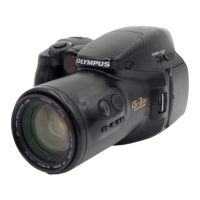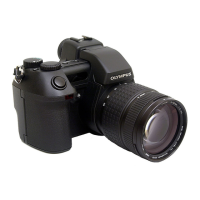Why is the zooming speed slow on my Olympus Camcorder?
- DdavidrobinsonSep 13, 2025
If the zooming speed of your Olympus Camcorder does not get faster even when the zoom button is fully depressed, it may be due to exhausted batteries. As the batteries weaken, the zooming speed decreases. Check the battery level on the LCD panel; if the display blinks, replace the batteries.


